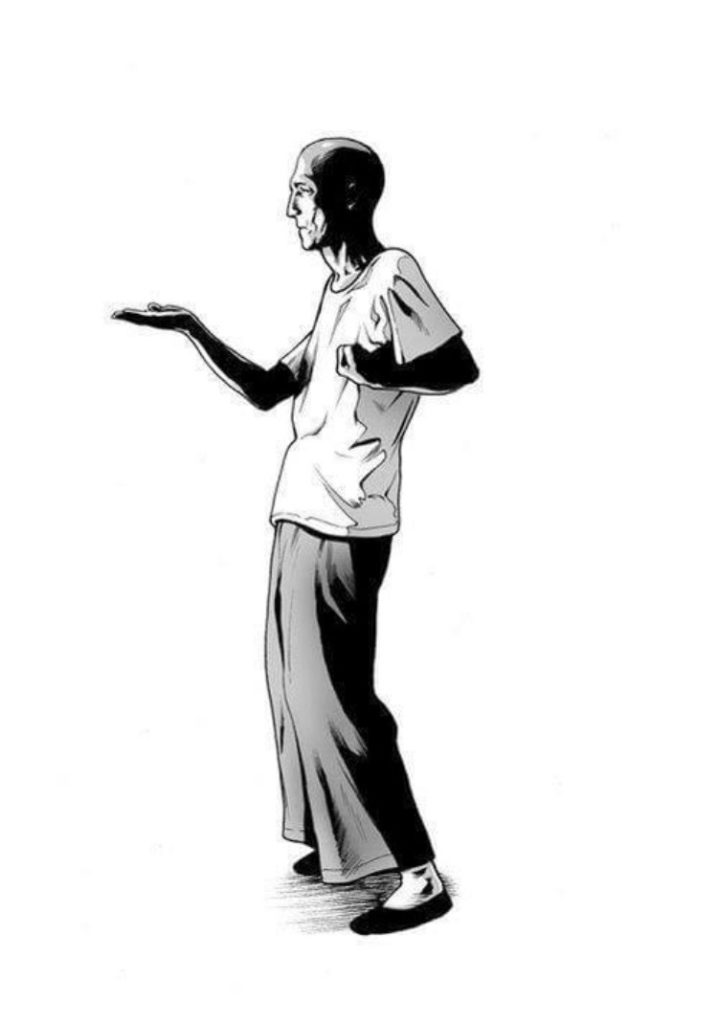What are the best martial arts for self defence? While there are many different arts which will help you in a self defence situation, some are better than others, depending on the scenario. Before we get into this issue, let’s look at the definition of self defence:
Here’s what Wikipedia says about self defence, as it relates to defending oneself physically from harm:
“Physical self-defence is the use of physical force to counter an immediate threat of violence. Such force can be either armed or unarmed. In either case, the chances of success depend on various parameters, related to the severity of the threat on one hand, but also on the mental and physical preparedness of the defender.”
So success in self defence will depend on:
- the level of threat,
- whether the attacker is armed or unarmed,
- and the preparedness of the defender.
Of course if an imminent attack can be avoided, by perceiving the threat of it early, so much the better. Some say this is the highest level of self defence. As Mr Miyagi says: “No be there” (Don’t be there)!

Best Martial Art For Self Defence
Some martial arts deal especially with weapons such as Kali/Escrima, Aikido, Iaido, and Ninjitsu, whereas many arts are specifically dealing with empty hand techniques such as Karate, Tae Kwon Do, Ju Jitsu, Kung Fu and so on.
You could also say that a self defence situation can vary in terms of the attack too. Is it a surprise attack? Is the attacker someone you know? Are you sober and aware, or is your judgement and/or that of the attacker impaired by drugs/alcohol etc.? Is the attack imminent and preceded by an argument? Can it be avoided? Or are you totally surprised?
Given the many potential parameters for a self defence situation, it’s important to specify the situation you are training for. Since most people aren’t going to be attacked with guns, we’ll assume for the sake of this article that we’re talking only about empty hands attacks. Saying that, knife crime is on the rise in many countries where guns aren’t the norm (in the UK). If you live in the US, guns are a real threat. Not so much in the Uk, where I live – but knives are a real issue.

This book, Meditations on Violence goes into the various parameters of martial arts in detail and is written by experienced martial artist and veteran correction officer Sgt. Rory Miller. Miller distills what he has learned from jailhouse brawls, tactical operations and ambushes to explore the differences between martial arts and the subject martial arts were designed to deal with.
Best Martial Arts For Self Defence
So, what is the best martial art for self defence? Of course to answer this question we need to know what self defence situation is most relevant for you. For most this is simple – a confrontation with a drunken aggressor is the most likely scenario for many, or a mugging or an attempted assault of some kind. In a mugging or assault you might end up on the floor, which is definitely not what you want. On the floor, others can join in, and this is often seen on video footage where the victim is seen defending against a single attacker, only for others to join in when it goes to the floor.
A standing argument is a typical lead up to a fight. Outside a pub late at night, in a taxi rank waiting for a taxi or late at night in a take away. Where people are drunk late at night is a likely scene for a potential fight in the UK, for example. Have a look at this video which gives some of the best advice for self defence in this situation:
Best Martial Arts For Self Defence: So Which Is Best?
So which is best? I don’t believe a single martial art will win every battle; besides it’s not the “art” itself but the practitioner. However some martial arts work better on the ground (e.g. Gracie Ju Jitsu) and some work better when standing (Wing Chun/Boxing). Whatever you train you get better at.
Some styles are better for training fear control too. Ninjitsu is good for this because of the full contact hits you get. This builds confidence. Boxing too, will give you confidence in a punch up and Wing Chun for defending against punches. If you’re against someone who is armed (with a knife), you’re better off with learning Kali/Escrima/Arnis which gives you practice in this arena. But no martial art gives you a guarantee of being able to defend yourself in every circumstance. If it did, you would need to train for a long time to learn a huge syllabus; and most people simply don’t want to commit to a lifetime of training a martial art – for the one situation which may never happen.
Aikido is good for attacks with weapons because the style is based on attacks with the sword. Although many styles don’t perform in the MMA competitions, that’s because they weren’t designed for sports, but for combat. Ju Jitsu out performs other styles typically in the cage fights. But how would it work agains a standing fight? Not as well as Boxing or Wing Chun or a style with a sparring element in it.
Ultimately it’s far better to avoid a fight and control you ego. A fight could end badly for you, even if you “win” you could kill someone and get a jail sentence for manslaughter (see video above).
Choose a Style You Can Stick At
Ideally find a style you love, believe in and enjoy. If you don’t enjoy training a certain style, try something else. Not every school/teacher will appeal to you and every style of martial art has something to offer. If you can’t stick with a style, it’s no good in any case because you won’t have trained it with any depth. A style of fighting/martial art is only useful once it becomes part of you and works unconsciously without you having to think about it.
Here’s some styles together with their contextual advantages:
- Wing Chun – close quarter defence agains strikes, trapping and low kicks (good face to face & standing) eye gouges and knee kicks for serious attacks
- Gracie Ju Jitsu – ground fighting and grappling (good on the floor)
- Aikido – locks, holds, throws – used by governments and services due to the ability to control committed thrusts (good against weapons)
- Boxing – good face to face against strikes
- Kali/escrima/Arnis – knife fighting close quarters – disarms
I would also add that training anything will give you an advantage in most self defence scenarios compared with training nothing. Especially if the art gives you principles rather than simply techniques, which can be forgotten if your training lapses. Even long term martial artists can get caught out in a fight, or be attacked unawares from behind. The notion that a martial art will always be there once you have put some effort in is not true, and your ability to defend yourself is easily hampered if you’re tired, intoxicated or distracted.


